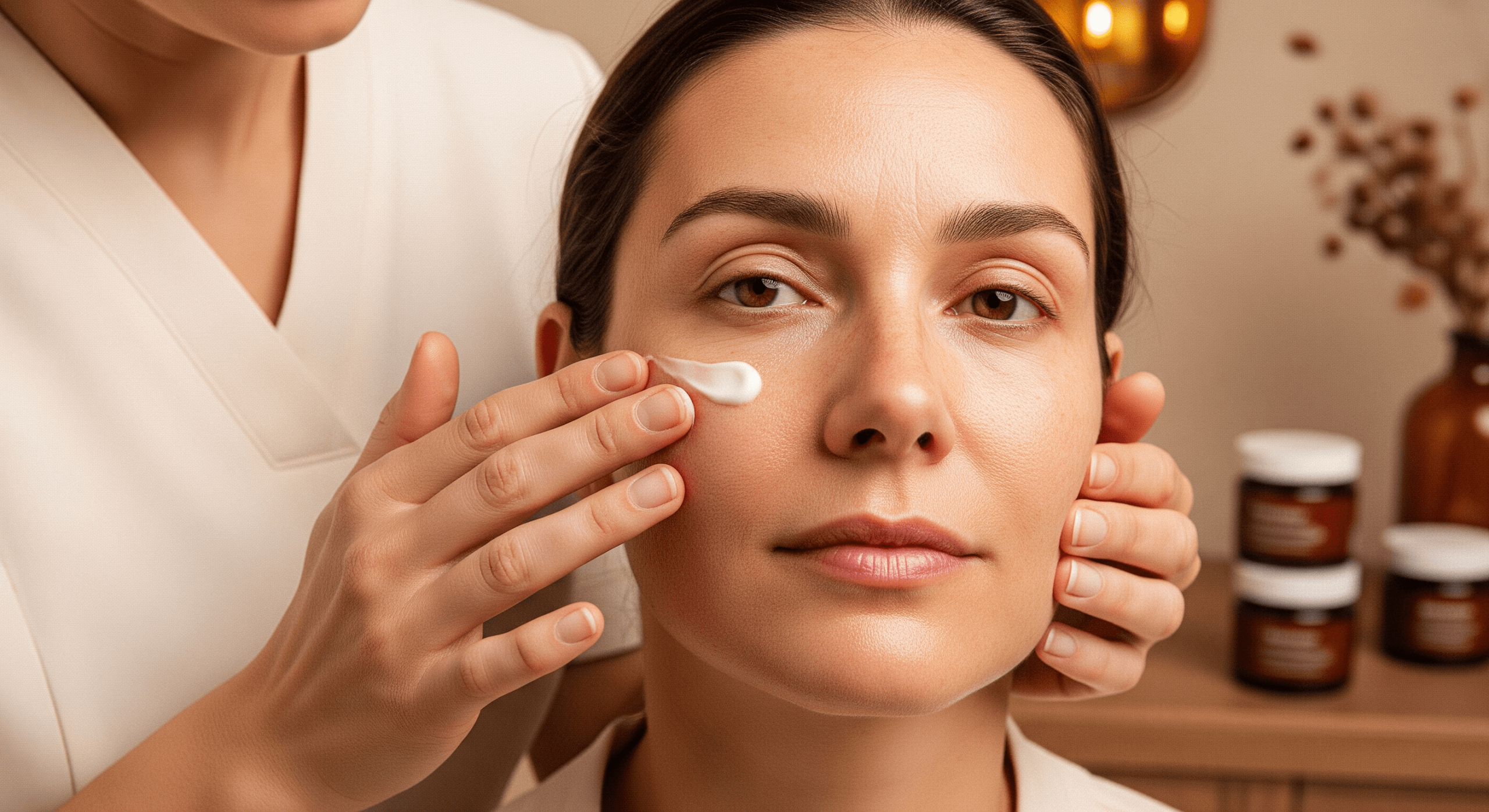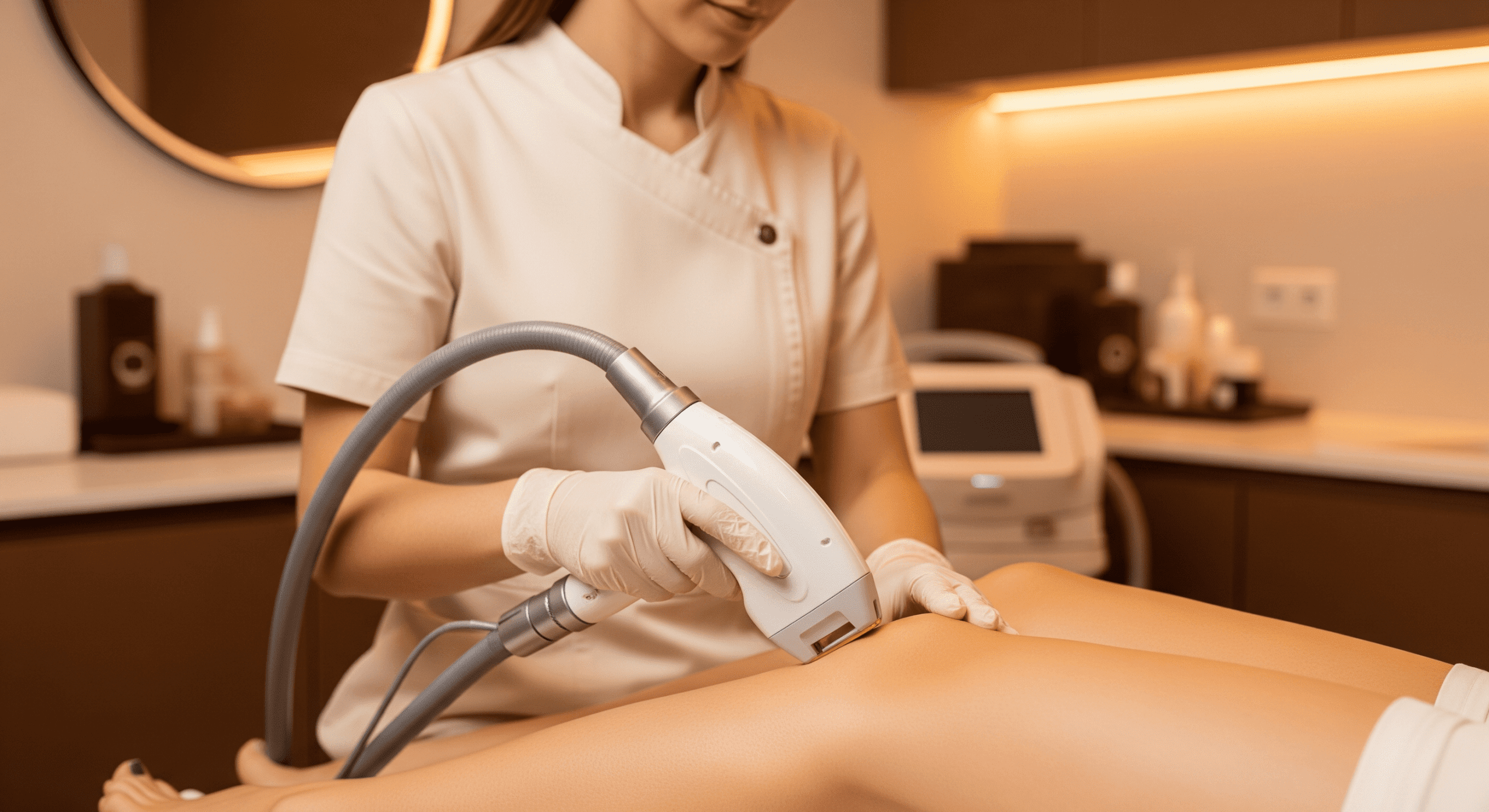Ever wondered what those long, complicated words on the back of your moisturizer really mean? Understanding a skincare ingredient label is one of the most important skills you can have for building an effective, safe skincare routine. Instead of relying on bold claims or beautiful packaging, learning to read labels puts the power of informed choice back in your hands.
From avoiding harsh irritants to finding ingredients that truly work, decoding a skincare ingredient label helps you protect your skin and your wallet. Here’s how to cut through the noise and make every product work harder for you.
Jump To:
- How to Read a Skincare Ingredient Label
- What to Look For
- What to Avoid
- Factors That Affect What You Should Choose
- Red Flags and Label Tricks
- Key Takeaways
- FAQs
TLDR – Quick Guide
- The first few ingredients listed are the most concentrated—these make up the majority of the formula.
- Ingredients are listed in descending order by weight until they reach concentrations below 1%, after which order may vary.
- Avoid common irritants: fragrance, denatured alcohol, and certain preservatives.
- Look for proven actives that address your specific concerns.
- Always patch test new products, especially if you have sensitive or reactive skin.
How to Read a Skincare Ingredient Label
The Basics: Order and Meaning
Every skincare ingredient label starts with the most prevalent ingredient—often water or “aqua.” The rest follow in descending order of concentration. This means the ingredients listed first are the most important for your skin’s outcome.
- The top five ingredients typically form the base of the product.
- Once ingredients drop below 1% concentration, brands may list them in any order, so pay special attention to the beginning of the list.
Deciphering Ingredient Names
Ingredient names can be daunting. Look for:
- Active ingredients: These are the powerhouses, such as retinol, vitamin C (ascorbic acid), niacinamide, or hyaluronic acid.
- Support ingredients: Emollients, humectants, and stabilizers—like glycerin or squalane—help with texture and skin barrier support.
- Preservatives and fragrances: Necessary for product stability, but can be a source of irritation for some users.
What to Look For
1. Science-Backed Actives
Prioritize ingredients that have been shown to work through research: niacinamide for brightening, peptides for firming, or ceramides for barrier repair.
2. Simple, Transparent Formulas
Especially if you have sensitive skin, a shorter ingredient list lowers the chance of irritation or an allergic reaction.
3. Specificity and Honesty
Trust brands that list the concentration of their star ingredients or explain their role in the formula. Avoid vague claims or proprietary blends where you can’t tell what’s actually inside.
What to Avoid
1. Fragrance/Parfum
Often added for appeal, fragrances are among the most common causes of sensitivity and allergic reactions. If fragrance is high on the list, consider another option.
2. Harsh Alcohols
Watch out for denatured alcohol (Alcohol Denat., SD Alcohol), which can dry and irritate the skin, especially in toners or acne products. Not all alcohols are bad; fatty alcohols (cetyl, stearyl) are often beneficial.
3. Controversial Preservatives
Some preservatives (like methylisothiazolinone, certain parabens, or formaldehyde releasers) can be problematic for some people.
4. Essential Oils in Leave-On Products
Though “natural,” oils like citrus or eucalyptus may trigger irritation, especially if your skin is already sensitive or compromised.
Factors That Affect What You Should Choose
Skin Type:
Oily, dry, sensitive, or combination—each skin type will react differently to ingredients. What works for one may irritate another.
Concentration and Placement:
A product might boast about an ingredient, but if it’s listed at the very end, it’s probably not present in a high enough concentration to matter.
Your Personal Triggers:
Past reactions or allergies? Always check for repeat offenders in ingredient lists.
Red Flags and Label Tricks
- Claims like “natural” or “dermatologist tested” are not strictly regulated—always double-check the full list.
- “Proprietary blends” may sound impressive but often mask what’s actually inside.
- “Free from” lists (like “paraben-free”) are helpful, but focus on what is present, not just what’s left out.
Key Takeaways
- The first five ingredients tell you the most about what a product can do for your skin.
- Look for well-studied actives and simple ingredient lists for best results.
- Be wary of common irritants like fragrance and certain alcohols.
- Product marketing is not a guarantee—reading the label is your best defense.
- When in doubt, consult a dermatologist or use trusted ingredient resources.
FAQs
Are all chemical-sounding ingredients bad?
No. Many effective, safe skincare actives have scientific names. Research or consult an expert before dismissing an ingredient.
Is a shorter ingredient list always better?
Not necessarily, but simpler formulas often reduce the risk of irritation, especially for sensitive skin.
Can I rely on “hypoallergenic” or “dermatologist tested” labels?
These terms are not legally regulated. Always check the full ingredient list.
Should I be worried if an active ingredient is near the end of the list?
If the ingredient is effective at low concentrations (like retinol), that’s fine. But if a star ingredient is last, the benefit may be minimal.
How can I learn more about an unfamiliar ingredient?
Online ingredient databases like INCIDecoder and EWG’s Skin Deep are good starting points, or consult with a professional.


